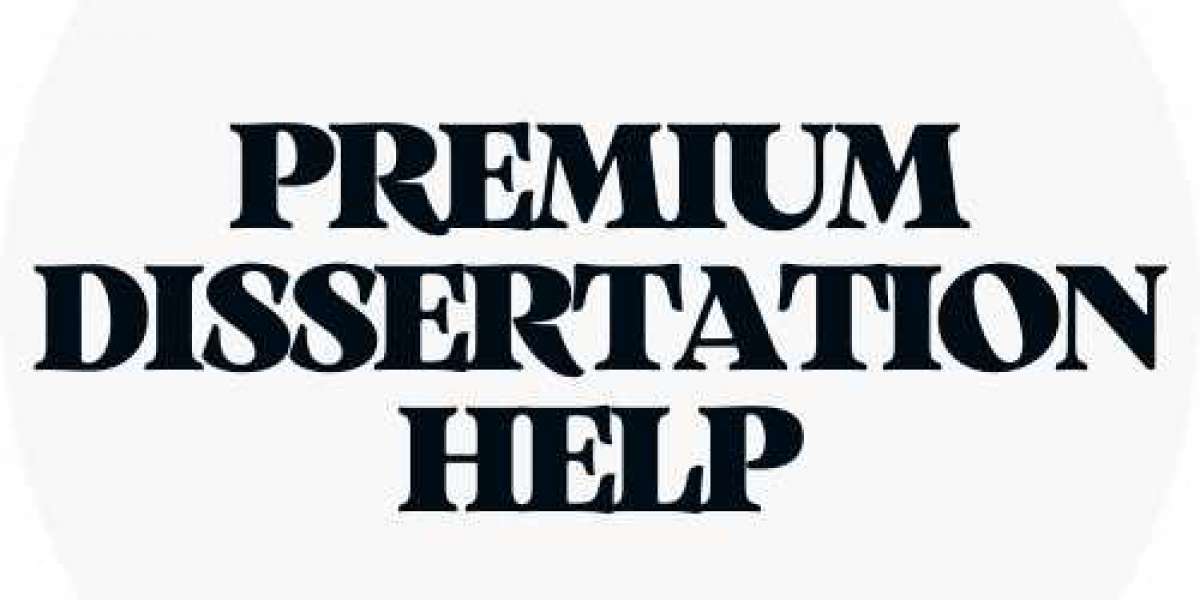Key Market Insights
More than 100 industry and non-industry players are currently evaluating the potential of over 190 TCR-based immunotherapies for the treatment of various oncological and non-oncological disorders
More than 90% of the therapy candidates, which are being developed to target a wide range of disease indications are autologous in nature; NY-ESO-1 and MAGE have emerged as the most popular target antigens
In the last 10 years, close to 110 clinical trials have been registered across different geographies for the evaluation of TCR-based therapies; extensive efforts are underway to improve the successive generations of such therapies
Close to 60 scientists from renowned universities are presently involved in the clinical development of TCR-based therapies; majority of these KOLs are primarily based in the US and China
Close to 200 players claim to have the required capabilities to manufacture different types of cell therapies; such firms also offer a wide range of services across different stages of product development
A growing interest in this field is reflected from the increase in the partnership activity, involving both international and indigenous stakeholders; majority of such deals were signed between players based in North America
Several investors, having realized the opportunity within this upcoming segment of T-cell immunotherapy, have invested USD 11 billion, across 140 instances, since 2007
More than 75 patents have been filed / granted by various stakeholders in order to protect the intellectual property generated within this field
With a growing focus on the development pipeline and encouraging clinical results, the TCR Therapy market is anticipated to witness an annualized growth rate of 51%, in the next decade
Table of Contents
1. PREFACE
1.1. Introduction
1.2. Key Market Insights
1.3. Scope of the Report
1.4. Research Methodology
1.5. Key Questions Answered
1.6. Chapter Outlines
2. EXECUTIVE SUMMARY
3. INTRODUCTION
3.1. Chapter Overview
3.2. Pillars of Cancer Therapy
3.3. Overview of Immunotherapies
3.4. Fundamentals of Cancer Immunotherapy
3.5. Classification of Cancer Immunotherapies
3.5.1. By Mechanism of Action
3.5.1.1. Active Immunotherapy
3.5.1.2. Passive Immunotherapy
3.5.2. By Type of Target
3.5.3. By Approach
3.5.3.1. Activation and Suppression Immunotherapy
3.5.4. By Product Class
3.5.4.1. Monoclonal Antibodies
3.5.4.2. Bispecific Antibodies
3.5.4.3. Cytokines
3.5.4.4. Oncolytic Virus Therapy
3.5.4.5. Therapeutic Cancer Vaccines
3.5.4.6. Cell-based Therapies
3.6. T-Cell Immunotherapies
3.6.1. Historical Evolution
3.6.2. Key Considerations for Developing T-Cell Immunotherapies
3.6.3. Strategies Employed for the Redirection of T-Cells
3.6.4. Manufacturing of Engineered T-Cells
3.6.5. T-Cell Transduction and Transfection Methods
3.6.5.1. Retroviral Vectors
3.6.5.2. Lentiviral Vectors
3.6.5.3. Non-viral Transfection Methods
3.7. T-Cell Receptor (TCR)-based Cell Therapy
3.7.1. Development History
3.7.2. Anatomical Layout of TCR
3.7.3. Development of TCR Therapy
3.7.4. Differences between CAR-T and TCR-based Therapies
3.8. Concluding Remarks
4. TCR-BASED THERAPIES: MARKET LANDSCAPE
4.1. Chapter Overview
4.2. TCR-based Therapies: Overall Market Landscape
4.2.1. Analysis by Type of Developer
4.2.2. Analysis by Phase of Development
4.2.3. Analysis by Therapeutic Area
4.2.4. Analysis by Phase of Development and Therapeutic Area
4.2.5. Analysis by Key Target Indication
4.2.6. Analysis by Key Target Antigen
4.2.7. Analysis by Source of T-Cells
4.2.8. Analysis by Route of Administration
4.2.9. Analysis by Phase of Development and Route of Administration
4.2.10. Analysis by Dosing Frequency
4.2.11. Analysis by Target Patient Segment
4.2.12. Analysis by Type of Therapy
4.2.13. Analysis by Phase of Development and Type of Therapy
4.2.14. Most Active Industry Players: Analysis by Number of TCR-based Therapies
4.2.15. Most Active Non-Industry Players: Analysis by Number of TCR-based Therapies
4.3. TCR-based Therapies: Overall Developer Landscape
4.3.1. Analysis by Year of Establishment
4.3.2. Analysis by Company Size
4.3.3. Analysis by Location of Headquarters
5. POPULAR TARGET ANTIGEN ANALYSIS
5.1. Chapter Overview
5.2. Competitive Analysis: Popular Target Antigens of TCR-based Therapies
5.2.1. Popular Targets Related to Hematological Malignancies
5.2.2. Popular Targets Related to Solid Tumors
6. CLINICAL TRIAL ANALYSIS
6.1. Chapter Overview
6.2. Scope and Methodology
6.3. TCR-based Therapies: Clinical Trial Analysis
6.3.1. Analysis by Trial Registration Year
6.3.2. Analysis by Trial Registration Year and Enrolled Patient Population
6.3.3. Analysis by Trial Status
6.3.4. Analysis by Trial Registration Year and Trial Status
6.3.5. Analysis by Trial Phase
6.3.6. Analysis of Enrolled Patient Population by Trial Phase
6.3.7. Analysis by Target Patient Segment
6.3.8. Analysis by Type of Sponsor / Collaborator
6.3.9. Analysis by Study Design
6.3.10. Most Active Industry Players: Analysis by Number of Registered Trials
6.3.11. Most Active Non-Industry Players: Analysis by Number of Registered Trials
6.3.12. Word Cloud Representation Analysis: Emerging Focus Areas
6.3.13. Analysis of Clinical Trials by Geography
6.3.14. Analysis of Enrolled Patient Population by Geography
7. KEY OPINION LEADERS
7.1. Chapter Overview
7.2. Assumptions and Key Parameters
7.3. Methodology
7.4. TCR-based Therapies: Key Opinion Leaders
7.4.1. Analysis by Type of Organization
7.4.2. Analysis by Affiliated Organization
7.4.3. Analysis by Qualification
7.4.4. Analysis by Geographical Location of KOLs
7.4.5. KOL Activeness versus KOL Strength
7.4.6. Most Prominent KOLs: Analysis by RA score
7.4.7. Most Prominent KOLs: Comparison of RA Score and Third-Party Score
8. TCR-BASED THERAPY PROFILES
8.1. Chapter Overview
8.2. Kimmtrak / IMCgp100 / Tebentafusp (Immunocore)
8.2.1. Therapy Overview
8.2.2. Clinical Trial Information
8.2.3. Clinical Trial Endpoints
8.2.4. Clinical Trial Results
8.2.5. Estimated Sales Revenues
8.3. GSK3377794 / NY-ESO-1C259 T-cells / Letetresgene Autoleucel (GlaxoSmithKline)
8.4. ADP-A2M4 / Afamitresgene Autoleucel / Afami-cel (Adaptimmune Therapeutics)
8.5. JTCR016 (Juno Therapeutics)
8.6. TBI-1301 (Takara Bio)
8.7. MDG1011 (Medigene)
9. PARTNERSHIPS AND COLLABORATIONS
9.1. Chapter Overview
9.2. Partnership Models
9.3. TCR-based Therapies: Partnerships and Collaborations
9.3.1. Analysis by Year of Partnership
9.3.2. Analysis by Type of Partnership
9.3.3. Analysis by Year of Partnership and Type of Partnership
9.3.4. Analysis by Type of Partner
9.3.5. Most Popular Products: Analysis by Number of Partnerships
9.3.6. Most Active Industry Players: Analysis by Number of Partnerships
9.3.7. Most Active Non-Industry Players: Analysis by Number of Partnerships
9.3.8. Analysis by Geography
9.3.8.1. Intercontinental and Intracontinental Deals
9.3.8.2. International and Local Deals
10. FUNDING AND INVESTMENT ANALYSIS
10.1. Chapter Overview
10.2. Types of Funding
10.3. TCR-based Therapies: Funding and Investment Analysis
10.3.1. Analysis of Instances by Year
10.3.2. Analysis of Amount Invested by Year
10.3.3. Analysis by Type of Funding
10.3.4. Analysis by Type of Investor
10.3.5. Most Active Players: Analysis by Number of Instances
10.3.6. Most Active Investors: Analysis by Amount Invested
10.3.7. Analysis of Amount Invested by Geography
10.3.8. Most Active Investors: Analysis by Number of Funding Instances
11. PATENT ANALYSIS
11.1. Chapter Overview
11.2. Scope and Methodology
11.3. TCR-based Therapies: Patent Analysis
11.3.1. Analysis by Patent Publication Year
11.3.2. Analysis By Patent Application Year
11.3.3. Analysis by Geography
11.3.4. Analysis by Type of Player
11.3.5. Analysis by CPC Symbols
11.3.6. Analysis by Key Focus Area
11.3.7. Leading Player: Analysis by Number of Patents
11.3.8. TCR-based Therapies: Patent Benchmarking
11.3.9. Analysis By Patent Characteristics
11.3.10. TCR-based Cell Therapies: Patent Valuation
12. CASE STUDY: CELL THERAPY MANUFACTURING
12.1. Chapter Overview
12.2. Overview of Cell Therapy Manufacturing
12.3. Cell Therapy Manufacturing Models
12.3.1. Centralized Manufacturing Model
12.3.2. Decentralized Manufacturing Model








